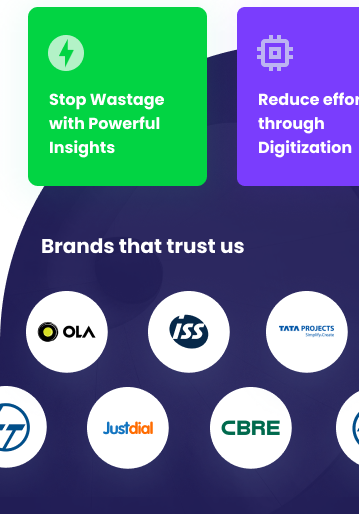Introduction
Achieving net-zero carbon emissions has become a priority for governments, organizations, and industries worldwide. The construction and real estate sectors play a pivotal role, as buildings contribute to nearly 40% of global carbon emissions. Building Management Systems (BMS) offer a powerful solution to address this challenge by enabling energy optimization, resource efficiency, and sustainability.
This blog explores how BMS can help buildings achieve net-zero goals and contribute to a greener future.
What Are Net-Zero Goals?
Net-zero refers to balancing the amount of greenhouse gas emissions produced with an equivalent amount removed from the atmosphere. For buildings, this means:
- Reducing energy consumption through efficient systems and operations.
- Switching to renewable energy sources such as solar, wind, or geothermal.
- Offsetting remaining emissions via carbon credits or sequestration efforts.
Net-zero buildings not only align with global sustainability goals but also reduce operating costs and enhance property value.
How BMS Drives Net-Zero Achievements
1. Energy Efficiency Optimization
BMS monitors and controls building systems such as HVAC, lighting, and water heating to minimize energy waste. By automating operations based on real-time data, it ensures energy is used only where and when it is needed. Studies show that buildings with BMS achieve up to 30% energy savings.
2. Integration of Renewable Energy Sources
Modern BMS platforms support the integration of renewable energy systems like solar panels and wind turbines. They manage energy generation, storage, and distribution, ensuring that buildings maximize their use of clean energy.
3. Carbon Footprint Monitoring
BMS tracks energy consumption and emissions data, providing actionable insights to reduce carbon footprints. It helps facility managers identify inefficiencies and implement strategies to cut emissions.
4. Demand Response and Peak Load Management
BMS enables buildings to participate in demand response programs, reducing energy consumption during peak demand periods. This not only lowers emissions but also reduces utility costs.
5. Predictive Maintenance
By detecting potential issues before they escalate, BMS ensures that equipment operates at peak efficiency. This reduces unnecessary energy consumption and prolongs the lifespan of the equipment.
6. Data-Driven Decision Making
Advanced analytics and reporting capabilities of BMS help stakeholders make informed decisions to achieve net-zero goals. Real-time and historical data provide a roadmap for continuous improvement.
Benefits of BMS in Achieving Net-Zero Goals
Lower Energy Costs
Optimized energy usage translates to significant cost savings over time, making net-zero goals economically viable.
Enhanced Regulatory Compliance
BMS helps buildings meet stringent energy and emissions regulations, including certifications like LEED, WELL, and BREEAM.
Improved Building Value
Net-zero buildings are highly attractive to tenants, investors, and buyers, offering higher occupancy rates and property valuations.
Sustainability Leadership
Organizations that invest in net-zero initiatives demonstrate a strong commitment to environmental responsibility, boosting their reputation and stakeholder trust.
Real-World Applications of BMS in Net-Zero Buildings
Corporate Headquarters
Tech giants like Google and Microsoft are leveraging BMS to operate energy-efficient, net-zero office spaces powered by renewable energy.
Hospitals and Healthcare Facilities
BMS ensures that critical environments, such as operating rooms, maintain strict conditions while optimizing energy use to achieve net-zero goals.
Educational Campuses
Universities like Stanford and MIT use BMS to manage energy consumption across sprawling campuses, integrating renewable energy solutions to offset emissions.
Retail and Commercial Spaces
Retail chains adopt BMS to manage lighting, HVAC, and refrigeration systems efficiently, reducing operational costs and emissions.
Future Trends in BMS for Net-Zero Goals
AI and Machine Learning Integration
AI-powered BMS will enable predictive energy management, continuously adapting operations to achieve optimal energy efficiency.
IoT-Enabled Sensors
IoT devices will provide granular data on energy consumption, enabling more precise control and optimization of building systems.
Blockchain for Energy Transactions
Blockchain technology will facilitate transparent energy transactions and tracking of renewable energy credits.
Unlocking the Potential of BMS for Sustainability
The integration of Building Management Systems is revolutionizing the path to achieving net-zero goals. These systems empower buildings to optimize energy efficiency, integrate renewable energy, and monitor emissions in real-time. By adopting BMS, organizations can align with global sustainability efforts while reducing operational costs and enhancing occupant comfort.
With advancements in AI, IoT, and blockchain, the future of BMS promises even greater opportunities for innovation and sustainability. Whether you’re managing a corporate office, a hospital, or a retail space, investing in a BMS is a strategic step toward a greener tomorrow.














